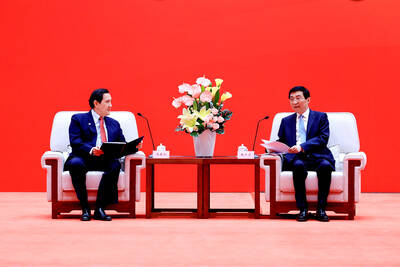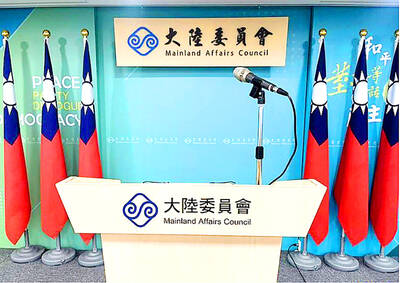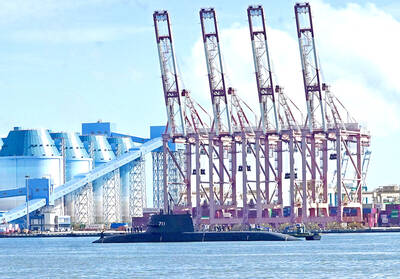Next week, Microsoft is releasing Windows 7, a slick, much-improved operating system that should go a long way toward erasing the bad impression left by its previous effort, Vista.
If you’ve been holding off on buying a new computer, Windows 7 will be a good excuse to get back into the game. And if you’ve been weighing a Mac versus a Windows PC, then you should know that “7” makes Windows more attractive, though not a clear-cut choice for everyone. Windows is now easier to use and better-looking than it was before, while maintaining its core advantage of cheaper, more diverse hardware.
However, most PC users should not take the release of Windows 7 as a call to action, or feel that they have to run out and buy the software for use on a computer they’re planning on keeping. The upgrade will most likely not be worth the time or money, much less the effort of hosting a Windows 7 “launch party” as Microsoft suggests.
Windows 7 will come in several versions. The one aimed at US consumers is Home Premium, at US$120 if bought as an upgrade from XP or Vista.
Beginning on Thursday, it will come installed on new PCs.
HIGHLIGHTS
Some of its highlights include an improved taskbar — the strip of icons usually found at the bottom of the screen — which now does more than show what programs are running. You can also stick icons for your favorite programs on it to launch them quickly. It’s fast and convenient, combining the best features of the old Windows taskbar and Apple’s Dock.
File folders can now be organized into “libraries.” You can have a photo library, for instance, that gives you quick access to pictures in folders spread out over your hard drive, or even several hard drives. This is great because many applications don’t automatically put files into Microsoft’s My Documents and My Photos folders, and tend to deposit content in their own folders. The new arrangement also makes for easy backups.
Like Vista, Windows 7 will ask you twice if you want to make changes to your settings or install programs, but Windows 7 does it less often, and the prompts can be turned off.
Windows 7 can sense if you use more than one finger on your touch pad or touch screen, allowing for neat tricks such as spreading your fingers to zoom into a picture, just like on the iPhone. This is isn’t revolutionary per se — computer manufacturers have bolted multi-touch sensing on previous versions of Windows. But it does make it easier for them to include advanced touch capabilities, and many of them are planning to do so.
For a lot of users, the step up to Windows 7 will also mark a transition to a 64-bit operating system. That means computers will now be able to use a lot more Random Access Memory (RAM) for better performance in demanding applications such as video editing.
Vista and XP came in 64-bit versions in addition to the regular 32-bit versions, but the XP version was never popular and the Vista version became mainstream only last year. But 64 bits will be standard on Windows 7, installed on nearly all new computers.
XP users have a lot more to gain by going to Windows 7.
Vista introduced some great features, such as fast searches of the entire hard drive, that of course are present in 7 as well.
But upgrading an existing PC from XP to 7 is not easy.
After upgrading, users will have to reinstall all their programs and find their files in the folder where Windows 7 tucks them away.
They may also have hardware problems. I found an old HP laser printer no longer worked with Windows 7. This isn’t really Microsoft’s fault or, specifically, a problem with the new operating system — HP just doesn’t provide a 64-bit driver for that printer. A driver is a program that tells a piece of hardware how to work with an operating system.
If upgrading, one would be smart to tackle that transition head-on by installing the 64-bit version of Windows 7, which doesn’t cost more. Microsoft recommends a minimum of 2 gigabytes of RAM to run it.
NOT NECESSARY
If your computer runs Windows Vista, it’s hard to justify spending US$120 for an upgrade. The new features are nice but hardly must-haves. For daily e-mail and Web surfing, they won’t make much of a difference. Vista was much maligned when it arrived in early 2007, but now, it really isn’t that bad, because updates have fixed a lot of its original bugs.
If you bought a Vista-based computer after June 25, you should be eligible for a free upgrade to Windows 7 from the manufacturer. Your computer is probably already running 64-bit software, so there should be no problems with drivers, and the upgrade is much easier than one from XP. Windows 7 can keep your installed programs and your files in their old folders.

CHIP WAR: The new restrictions are expected to cut off China’s access to Taiwan’s technologies, materials and equipment essential to building AI semiconductors Taiwan has blacklisted Huawei Technologies Co (華為) and Semiconductor Manufacturing International Corp (SMIC, 中芯), dealing another major blow to the two companies spearheading China’s efforts to develop cutting-edge artificial intelligence (AI) chip technologies. The Ministry of Economic Affairs’ International Trade Administration has included Huawei, SMIC and several of their subsidiaries in an update of its so-called strategic high-tech commodities entity list, the latest version on its Web site showed on Saturday. It did not publicly announce the change. Other entities on the list include organizations such as the Taliban and al-Qaeda, as well as companies in China, Iran and elsewhere. Local companies need

CRITICISM: It is generally accepted that the Straits Forum is a CCP ‘united front’ platform, and anyone attending should maintain Taiwan’s dignity, the council said The Mainland Affairs Council (MAC) yesterday said it deeply regrets that former president Ma Ying-jeou (馬英九) echoed the Chinese Communist Party’s (CCP) “one China” principle and “united front” tactics by telling the Straits Forum that Taiwanese yearn for both sides of the Taiwan Strait to move toward “peace” and “integration.” The 17th annual Straits Forum yesterday opened in Xiamen, China, and while the Chinese Nationalist Party’s (KMT) local government heads were absent for the first time in 17 years, Ma attended the forum as “former KMT chairperson” and met with Chinese People’s Political Consultative Conference Chairman Wang Huning (王滬寧). Wang

CROSS-STRAIT: The MAC said it barred the Chinese officials from attending an event, because they failed to provide guarantees that Taiwan would be treated with respect The Mainland Affairs Council (MAC) on Friday night defended its decision to bar Chinese officials and tourism representatives from attending a tourism event in Taipei next month, citing the unsafe conditions for Taiwanese in China. The Taipei International Summer Travel Expo, organized by the Taiwan Tourism Exchange Association, is to run from July 18 to 21. China’s Taiwan Affairs Office spokeswoman Zhu Fenglian (朱鳳蓮) on Friday said that representatives from China’s travel industry were excluded from the expo. The Democratic Progressive Party government is obstructing cross-strait tourism exchange in a vain attempt to ignore the mainstream support for peaceful development

DEFENSE: The US would assist Taiwan in developing a new command and control system, and it would be based on the US-made Link-22, a senior official said The Ministry of National Defense is to propose a special budget to replace the military’s currently fielded command and control system, bolster defensive resilience and acquire more attack drones, a senior defense official said yesterday. The budget would be presented to the legislature in August, the source said on condition of anonymity. Taiwan’s decade-old Syun An (迅安, “Swift Security”) command and control system is a derivative of Lockheed Martin’s Link-16 developed under Washington’s auspices, they said. The Syun An system is difficult to operate, increasingly obsolete and has unresolved problems related to integrating disparate tactical data across the three branches of the military,